SaaS marketing looks a little different today than in years past. Read NoGood’s predictions on which SaaS marketing trends are shaking up the industry in 2024.
Software as a service (SaaS) has radically transformed the consumer landscape and continues to increase in popularity as more businesses recognize its numerous benefits over traditional software deployment models. SaaS is cost-effective, scalable, accessible, and rapidly deployed. Its explosive growth has made it a popular choice for businesses of all sizes, and has consequently challenged growth marketers to develop and execute SaaS marketing strategies faster than ever.
In this article:
- Dive into the marketing strategies that help SaaS businesses attain explosive growth
- Explore case studies to see why these strategies worked
- Understand which strategy you should implement
- Take a look at a SaaS marketing strategy example you can use as a template
What is SaaS Marketing?
SaaS marketing is the process of promoting and selling software as a service (SaaS) products. Given 85% of corporate apps will be Saas-based by 2025, growth marketers needed to start preparing for this massive industry shift, well, yesterday. But don’t worry. We’ve done extensive research and short-listed the top five SaaS marketing strategies to help you increase brand awareness, drive conversions, improve customer retention, and facilitate business growth.
Consider this guide as a template for creating a successful SaaS marketing plan that will help you thrive in a highly competitive market.
What Are SaaS Marketing Strategies?
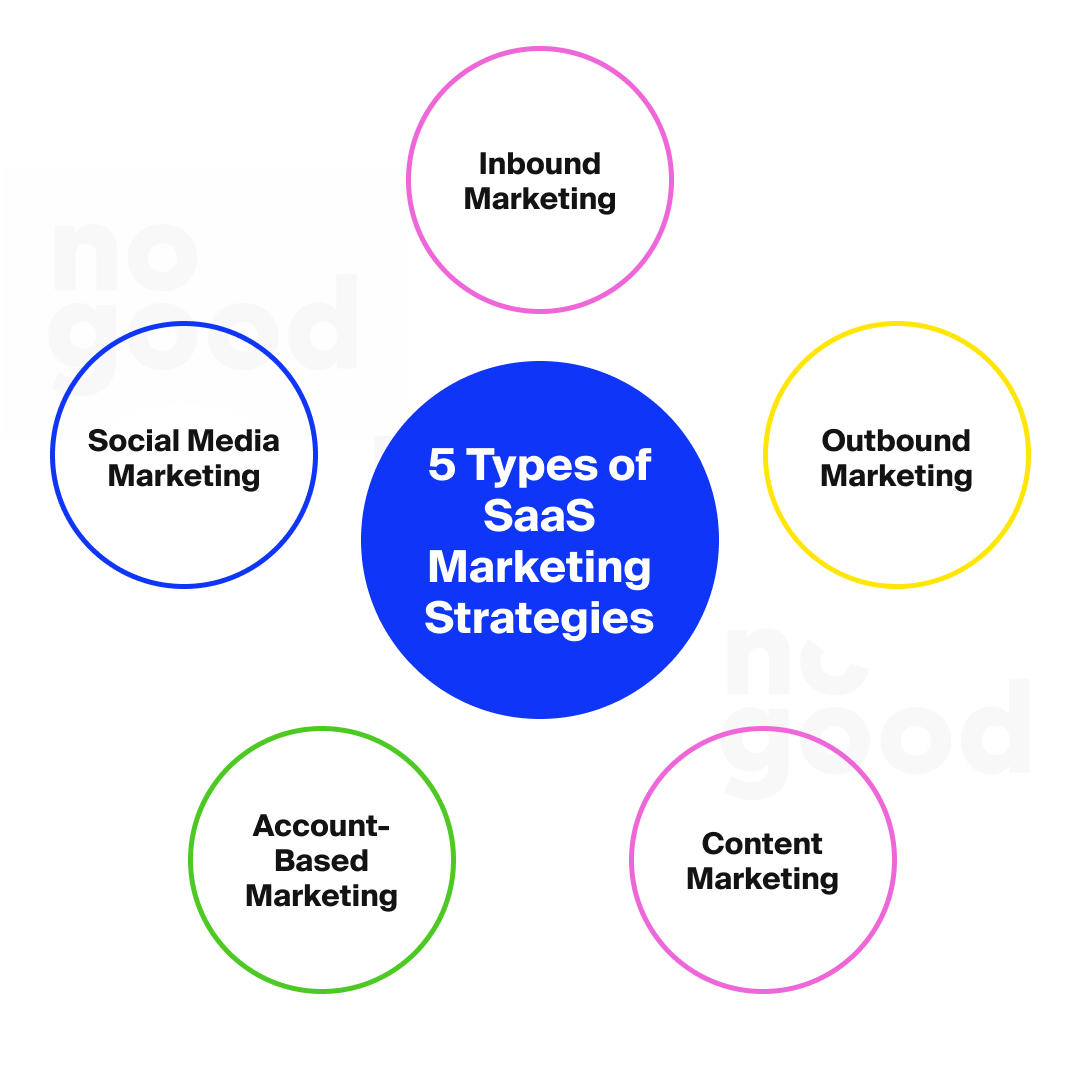
SaaS marketing strategies are a set of tactics used to promote and sell software products. Essential for success, SaaS marketing strategies enable businesses to build brand recognition, effectively reach their target audience and convert them into paying customers, retain and engage existing customers, and identify new growth opportunities.
We know there’s a lot depending on your SaaS strategy, so let’s take a step back and break down the different types of strategies. Once you understand the various ways to approach your SaaS marketing plan, you’ll be better equipped to decide which direction to take.
SaaS Marketing Strategies Driving Growth
There are five types of SaaS marketing strategies: inbound marketing, outbound marketing, content marketing, account-based marketing, and social media marketing. Let’s dive into each one.
1. Inbound
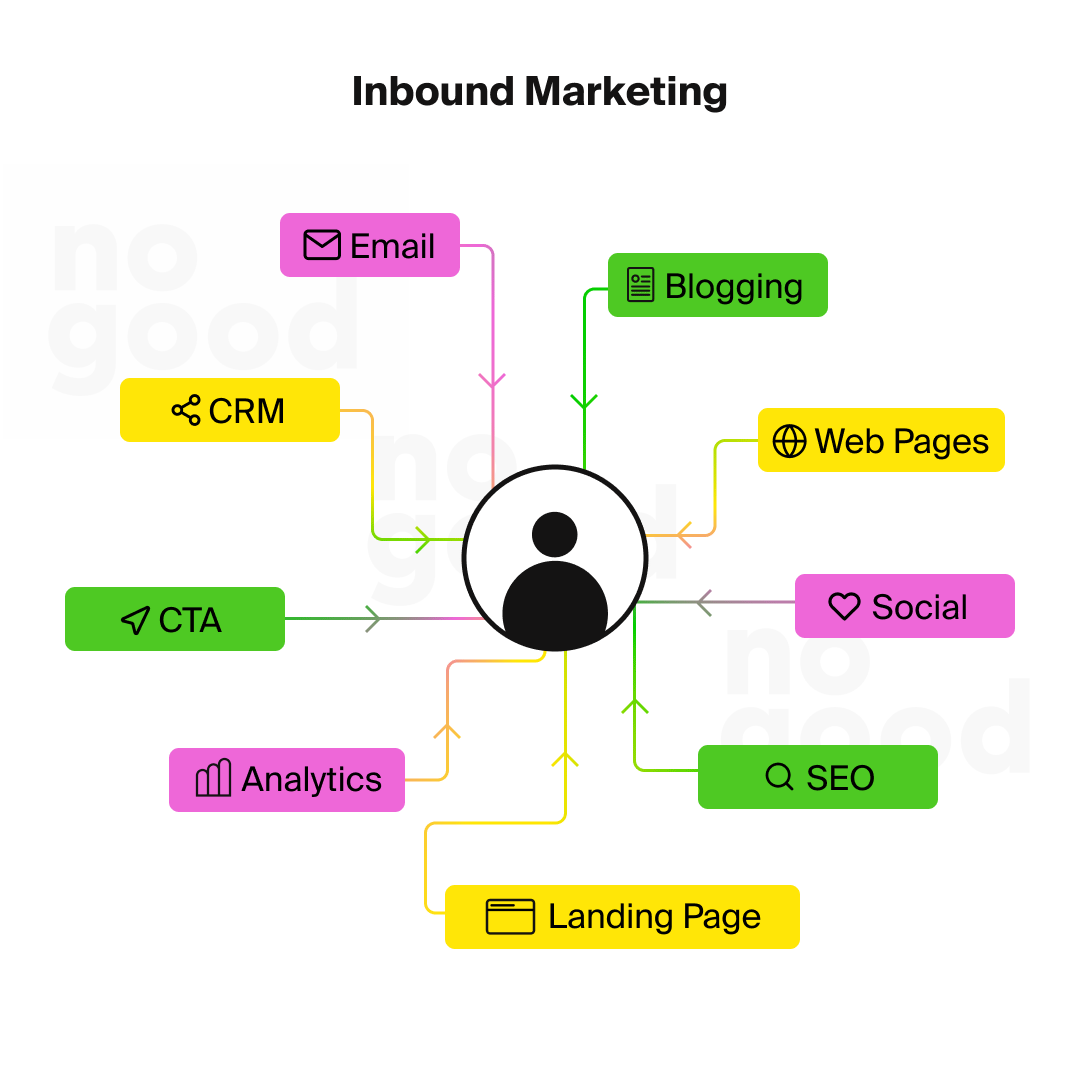
Inbound strategies organically provide customers with valuable content and resources. This content attracts, engages, and converts potential customers by addressing pain points and building trust, and is often available to consumers at their discretion (as opposed to outbound marketing in which the brand reaches out to consumers – we’ll get to that soon). Here are some inbound SaaS marketing strategies to consider:
- Search engine optimization (SEO)
- Email marketing
- Referral marketing
- Content marketing
- Social media marketing
Let’s dive into each one with a little more detail. We’ll save content marketing and social media marketing for later – being such critical parts of SaaS marketing, they deserve their own sections.
Search Engine Optimization (SEO)
If you’re selling any product online, you need to ensure your website and product are discoverable via search engines. At its core, SEO optimization is connecting users with the content they are looking for. You want to ensure your product appears on the first page of Google (ideally within the first three search results) when a potential customer searches for it.
So how do you put this strategy into practice?
Create articles that answer the questions your customers or prospective users are asking. Although there are plenty of SEO tools you can use to curate a list of these topics, don’t undervalue the wealth of knowledge you can gain by talking to your customer service reps. Find out what customers are asking and answer those questions in your content!
Case study: Let’s take a look at how Shopify uses SEO to their advantage. Marketers at Shopify understand their prospective user base is not just looking for their SaaS product. Their customers are researching all sorts of business and marketing topics from drop-shipping best practices to how to develop a product roadmap. Shopify creates neat, strategic content packages that answer these questions. This strategy not only captures organic traffic, but it establishes Shopify as a reliable resource, building trust with their consumers.
Email marketing
Email marketing is a way to be direct and get personal. By segmenting your email list based on customer behaviors, interests, and preferences, you can effectively address pain points relevant to each group, target their specific interests, and guide them through the relevant marketing funnel.
Case study: Mailchimp, a popular email marketing platform, utilizes email marketing to not only promote its services, but to educate users on email marketing best practices. They send their users regular newsletters which talk about industry news, updates about the platform, and helpful tips and tricks. They further nurture leads by sending targeted messages to inactive users or existing customers on “free” tiers, encouraging them to upgrade to a paid plan. Mailchimp’s email marketing is effective because they segment and personalize their messages, making emails more relevant to their subscribers. In turn, this type of marketing fuels growth and drives significant revenue.
Referral marketing
Referral marketing incentives existing customers to bring new customers to your business. Deepak Singh, author of The Growth Catalyst Newsletter, describes referrals as “the holy grail of growth.” Potential customers are more likely to convert when a service is recommended by someone they know and trust. So don’t hesitate to tap into your existing customer base and leverage social proof to speak for your services.
In order for this SaaS marketing strategy to be successful, you need to offer a compelling incentive to both the referrer and the new customer. Consider offering a discount, or free trial.
Helpful tip: Make your referral programs as easy as possible. And don’t forget to leverage social media so customers can share posts with their network!
Case study: Dropbox started off with heavy reliance on referral marketing (inspired by Paypal). By offering free additional storage space for every new customer referred, Dropbox grew from 100,000 registered users to over 4 million in just 15 months! That’s 3900% growth! They made the referral process easy by incorporating it as part of the onboarding process. (Pro tip: this is when your customers are most engaged.)
2. Outbound:
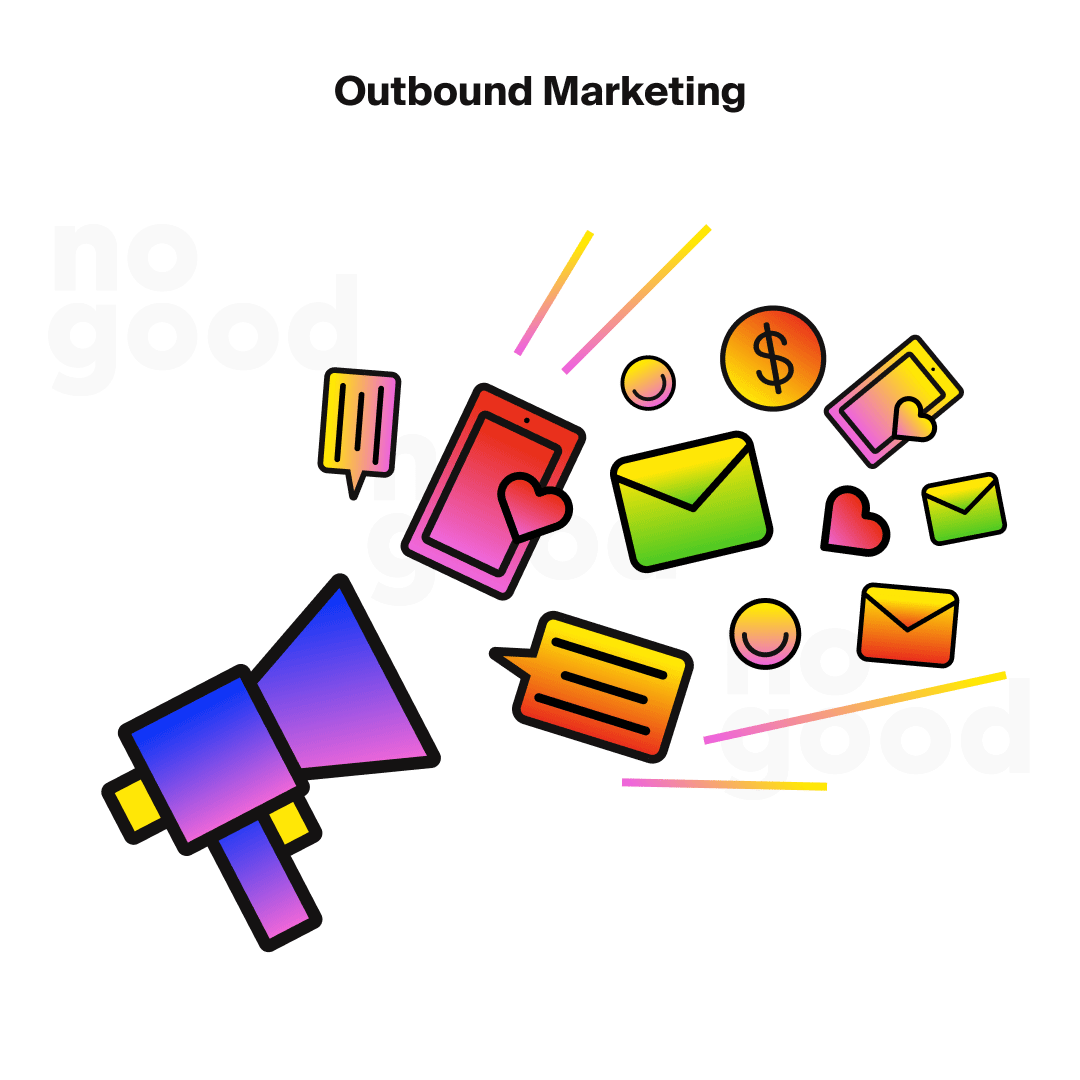
Outbound SaaS marketing strategies are often used to reach a large audience and generate leads quickly. While these strategies can be effective, they can also be expensive and may not be as targeted as inbound marketing strategies.
- Pay per click (PPC) advertising
- Display advertising
- Direct mail
- Telemarketing
- Trade shows and events
Case study: RetailerWine.com, an online wine retailer, used direct mail as part of their outbound marketing strategy. They sent out a discount via postcard to a targeted group of customers who had previously purchased from them. This postcard also highlighted its app and online advice platform.
3. Content marketing
Although content marketing is a type of inbound marketing, we wanted to highlight how important it is in driving growth. Content marketing focuses on creating and sharing valuable content to attract and retain a clearly-defined audience, and drive profitable customer action. By addressing your audience’s pain points, interests, wants, and needs, you establish yourself as an expert in your niche.
We highly recommend optimizing these pieces of content to rank on search engines so you can drive organic traffic. By doing so, you’ll improve your search engine rankings, and increase your company’s online presence. You can target a variety of online communities via content such as blog posts, videos, case studies, webinars, podcasts, infographics, and more.
Additionally, content marketing is a critical piece of the B2B SaaS marketing strategy as it allows companies to show their target businesses the value of their SaaS products, establish thought leadership in the industry, and educate potential customers about their solutions.
Case study: HubSpot uses content marketing to their advantage. In fact, it’s recognized as one of the most successful in the industry! They offer a variety of free, high-value educational resources, like their annual “State of Inbound” report. This detailed, downloadable, report provides insight into the marketing and sales industry’s top trends and challenges. Because this report is so valuable to the marketing community, it spread like wildfire across the industry. Here, HubSpot has provided a ton of value to their target community, effectively driven traffic and generated quality leads.
4. Account-based marketing

Account-based marketing (ABM) is a valuable SaaS marketing strategy that focuses on targeting specific high-value customers, or accounts, with personalized campaigns. Adding ABM to your foundational inbound marketing strategy can help you further personalize your marketing efforts. To do so, identify and target specific companies and decision-makers. This allows you to build stronger relationships and conveys that you understand the unique challenges of these specific customers. Let’s take a look at this strategy in action.
Case study: Repay (previously BillingTree), a payment processing technology company, implemented an ABM strategy that targeted 100 high-value accounts in various industries. By customizing messaging and content for each account and utilizing personalized outreach, Repay closed $350K worth of opportunities and a 700% return on investment.
5. Social media marketing
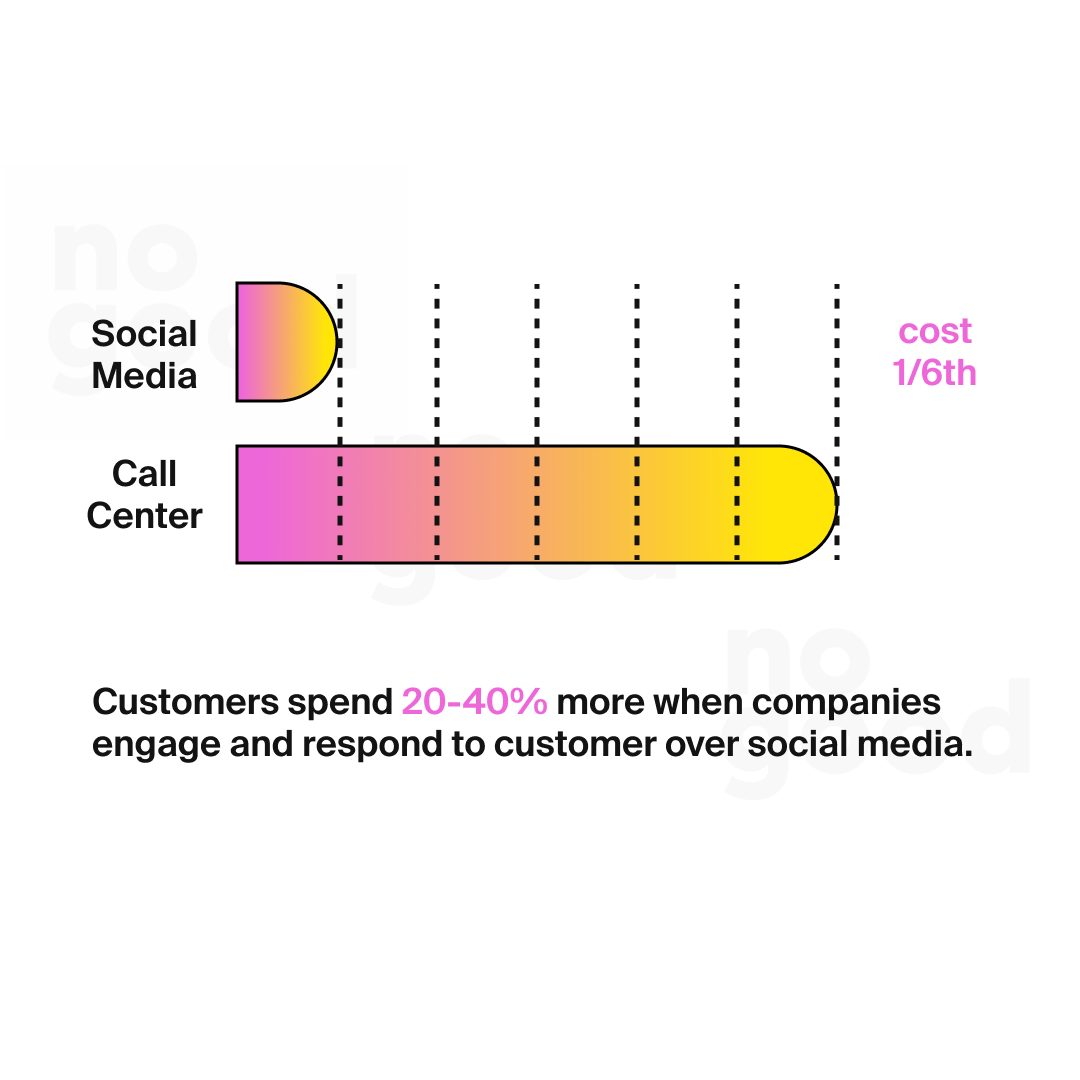
Social media is a great place to build community while also acting as a supplementary method of driving traffic to your website. Here, you can take a customer based approach to increase brand awareness, and connect with your target audience on a deeper level. Building a relationship with the followers in your niche establishes you as a thought leader. Earn this title by sharing valuable content, answering questions, providing customer support, and addressing customer concerns.
On social media, you have the unique opportunity to integrate multiple aspects of these SaaS marketing strategies. Consider each post from an SEO perspective. Make sure to use relevant hashtags and keywords in your captions.
Also note that it’s become the norm to check social media for the reputation and reliability of a company or product, so don’t miss out on this chance to join the conversation and control your narrative. Capitalize on user-generated content (UGC) and social proof by employing creators to advertise your services. This is an acquisition loop by which you can grow your user base by leveraging existing customers to generate more. Imagine your average customer acquisition cost (CAC) across channels is $10, but you have no existing acquisition/growth loops. This means your company pays $10 for every new customer, and no matter how much you optimize your ad channels, your CAC stays consistent.
Growth loops help you lower this cost. By implementing a growth loop, your $10 goes into acquiring a new customer, and incentivizing that customer to bring in 3 additional customers. Now you’ve spent $10 for 4 customers, meaning you’ve lowered your CAC to $2.50. If your growth loops work, each customer will bring you 3 more customers, and those 12 will each go find 3 more, resulting in powerful compounding growth.
Case study: Notion, a productivity and note-taking web application, embraced social media marketing to achieve community-led growth, nurture qualified leads, and grow their top funnel marketing channel. By taking a customer based approach instead of focusing on self-promotion, Notion was able to build a hyper-focused community that produced higher quality leads. They worked with popular ambassadors and influencers whose audiences fit their own to showcase the value of the app. Focusing on UGC, Notion was able to build brand awareness and reduce their CAC.
How Do You Develop a SaaS Marketing Strategy?
Now that you understand the various SaaS marketing components, let’s compose them into a strategy. Developing a SaaS marketing strategy requires clear goals, a well-defined plan, a focus on data-driven optimization, and a deep understanding of your target audience.
Use the following as a SaaS marketing strategy template for your own business:
- Understand your target audience and develop buyer personas. Go into depth by identifying your target customer, their needs, their wants, their pain points, and their deal breakers.
- Define your unique value proposition: How do your SaaS products solve customers’ problems? What makes your products different from others, if any, on the market?
- Develop messaging and positioning: What is the most natural way to reach and connect with your audience? What language resonates with them? Where do they congregate online?
- Create a marketing plan: Outline specific tasks and channels you’ll use to reach your target audience. Consider a customer based approach that incorporates a combination of the inbound and outbound strategies we addressed above.
- Leverage paid ads and email marketing: Use outbound marketing, such as pay per click (PPC) advertising and email marketing, to target qualified leads and increase conversion rates.
- Implement inbound marketing: Develop a content marketing strategy and optimize your website and landing pages for search engines.
- Foster customer advocacy via referral marketing: Add the option for your customers to opt into referral programs during their onboarding process.
- Utilize social media marketing: Use your buyer personas to curate a targeted social media presence and build social proof around your SaaS business. Social media is a great space to run marketing campaigns, or simply incentivize leads to sign up for a free trial.
- Consider account-based marketing: By developing personalized marketing campaigns for high-value accounts, you can target your resources effectively and increase your conversion rates.
- Track and analyze your digital marketing performance: Refine your SaaS marketing strategy performance once a quarter, or after any major event. Capitalize on what’s working and adjust campaigns that are not.
What are the 4 Types of Marketing Strategies?
Once you’ve crafted your Saas marketing strategy, there are four key methods in which you might consider implementing it:
- Market Penetration: Focus on increasing market share for your existing SaaS products via pricing, distribution, and promotions.
- Market Development: Focus on expanding your customer base by entering new markets or target segments with existing products/services.
- Product Development: Focus on creating new products/services.
- Diversification: Focus on entering new markets with new products/services that are unrelated to your existing business (this is considered the riskiest marketing strategy).
What online marketing strategies are most effective for SaaS companies?
Earlier, we talked about the various marketing strategies and their subsets. Each strategy has its strengths and weaknesses, so it’s a good idea to diversify your approach. Our research shows inbound marketing, search engine optimization, pay per click (PPC) advertising, and social media marketing serve as the most effective online marketing strategies for SaaS businesses. The effectiveness of each strategy depends on your specific company and target audience, so it’s critical to experiment, analyze, and restrategize to find the combination that works best for you.
Conclusion
Developing a successful marketing strategy is essential for the growth of your SaaS business. A comprehensive SaaS marketing strategy should take the various marketing components, including inbound marketing, SEO, PPC, social media marketing, and email marketing into account. With a clear understanding of your target audience and the competitive landscape, you can leverage these strategies to drive customer acquisition, improve retention, and foster customer advocacy.
Be sure to continuously optimize and refine your approach. If you’re not sure where to start, as an experienced B2B SaaS Marketing Agency, we’re happy to help build your SaaS marketing strategy. Contact NoGood to see how we can grow your user base with a full-funnel, high-velocity experimentation approach.
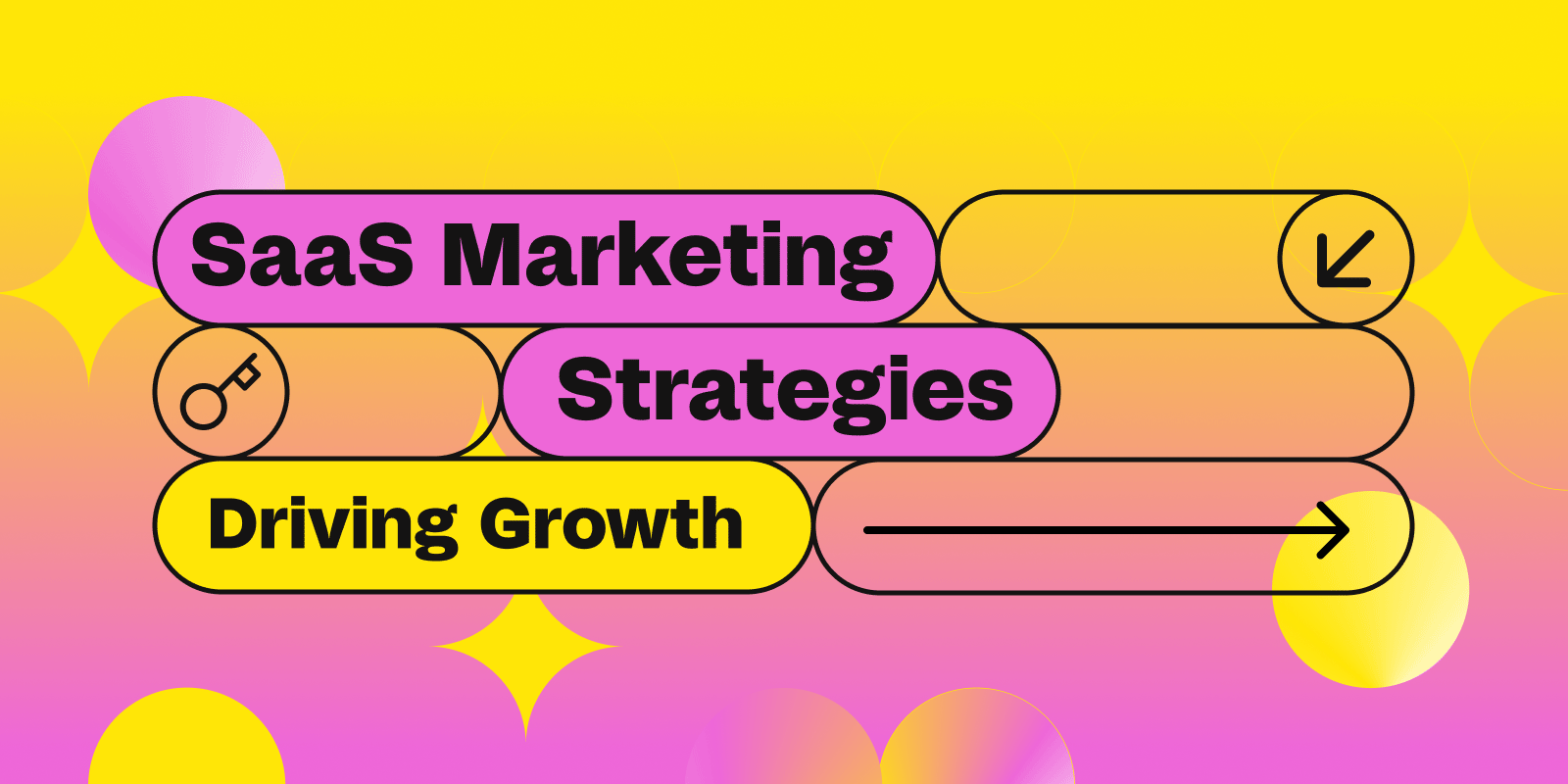


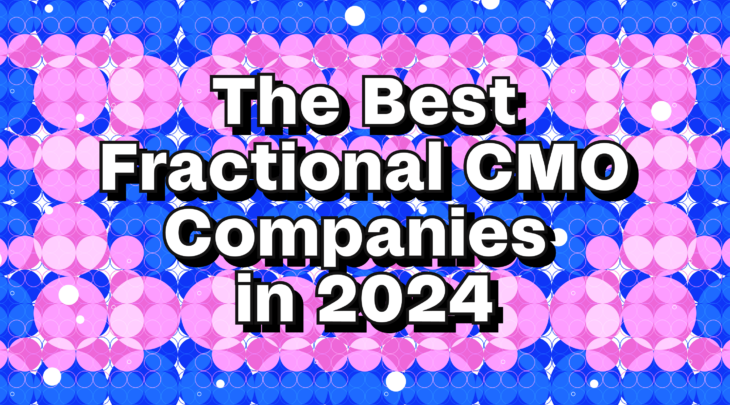

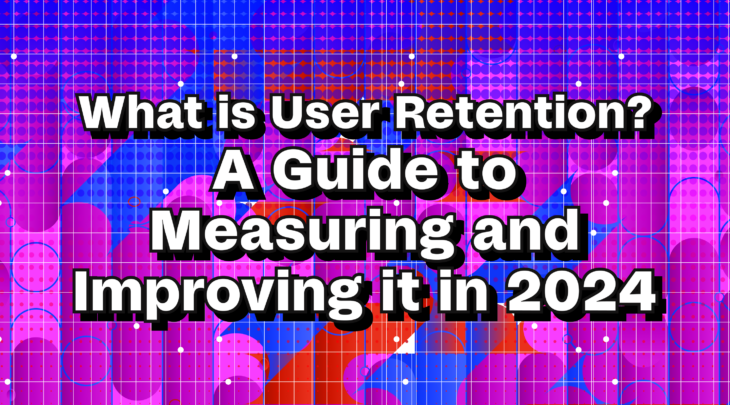
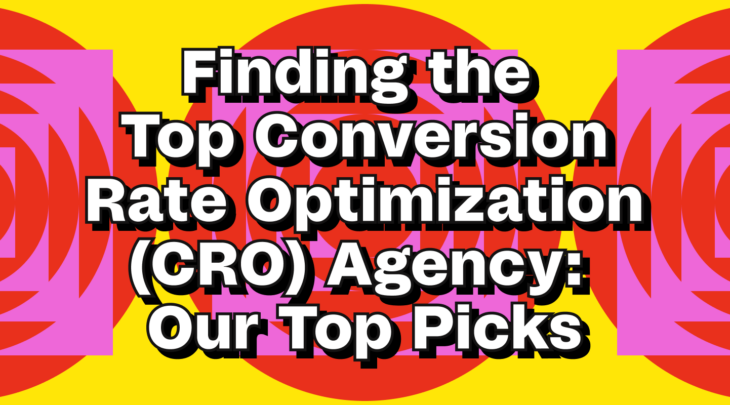
Great article